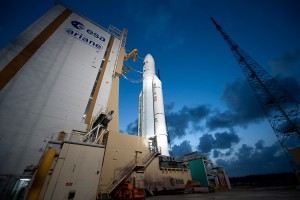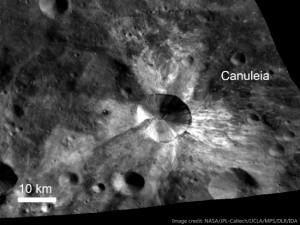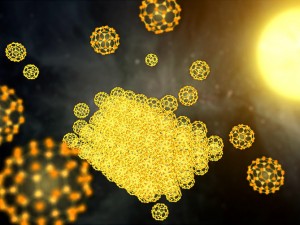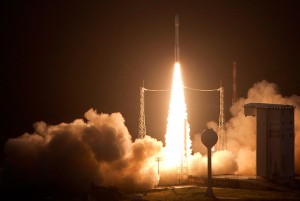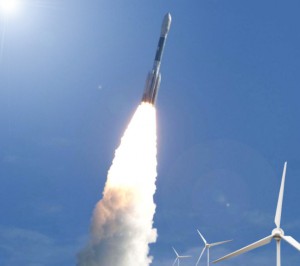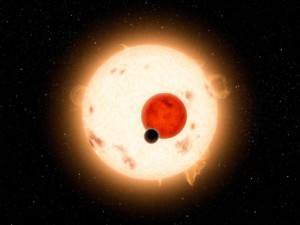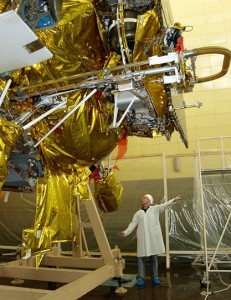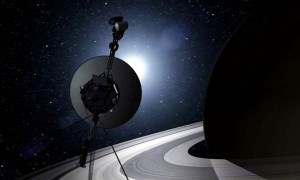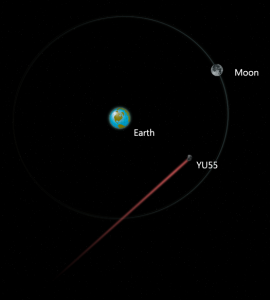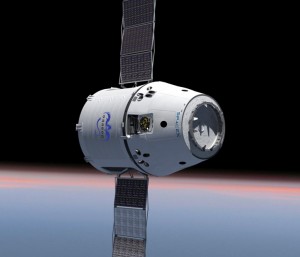
A private spaceship, built by the company Space Exploration Technologies (SpaceX) of Hawthorne, California, is soon heading for the International Space Station. The launch is planned for April 30, and if successful will mark a historic event, making SpaceX’s Dragon the first commercial American robotic spacecraft to have ever flown and dock with the International Space Station.
The unmanned capsule, named Dragon, will be the first of a new fleet of commercial spacecraft being developed to deliver cargo to the station. The spacecraft will on this first test-run rendezvous with the space station and then be captured by astronauts, operating a robotic arm and offload some cargo. If SpaceX’s April test flight goes according to plans, another Dragon capsule will make the first official cargo delivery run in August.
Continue reading “SpaceX to launch April 30 after NASA gives it all-clear”

